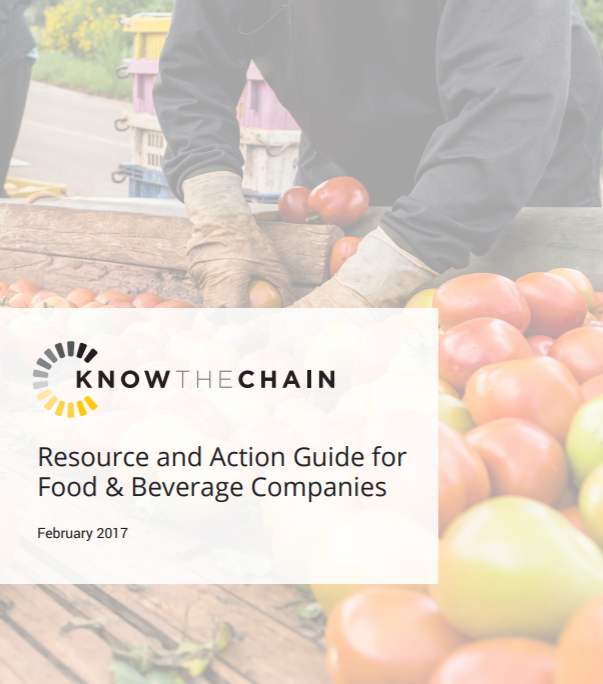Addressing Forced Labor and other Modern Slavery Risks: A Toolkit for Corporate Suppliers
Online ToolsGuidanceThis toolkit aims to help businesses in corporate supply chains quickly identify areas of their business which carry the highest risk of modern slavery and develop a simple plan to prevent and address any identified risks. Businesses operating in...Read More

